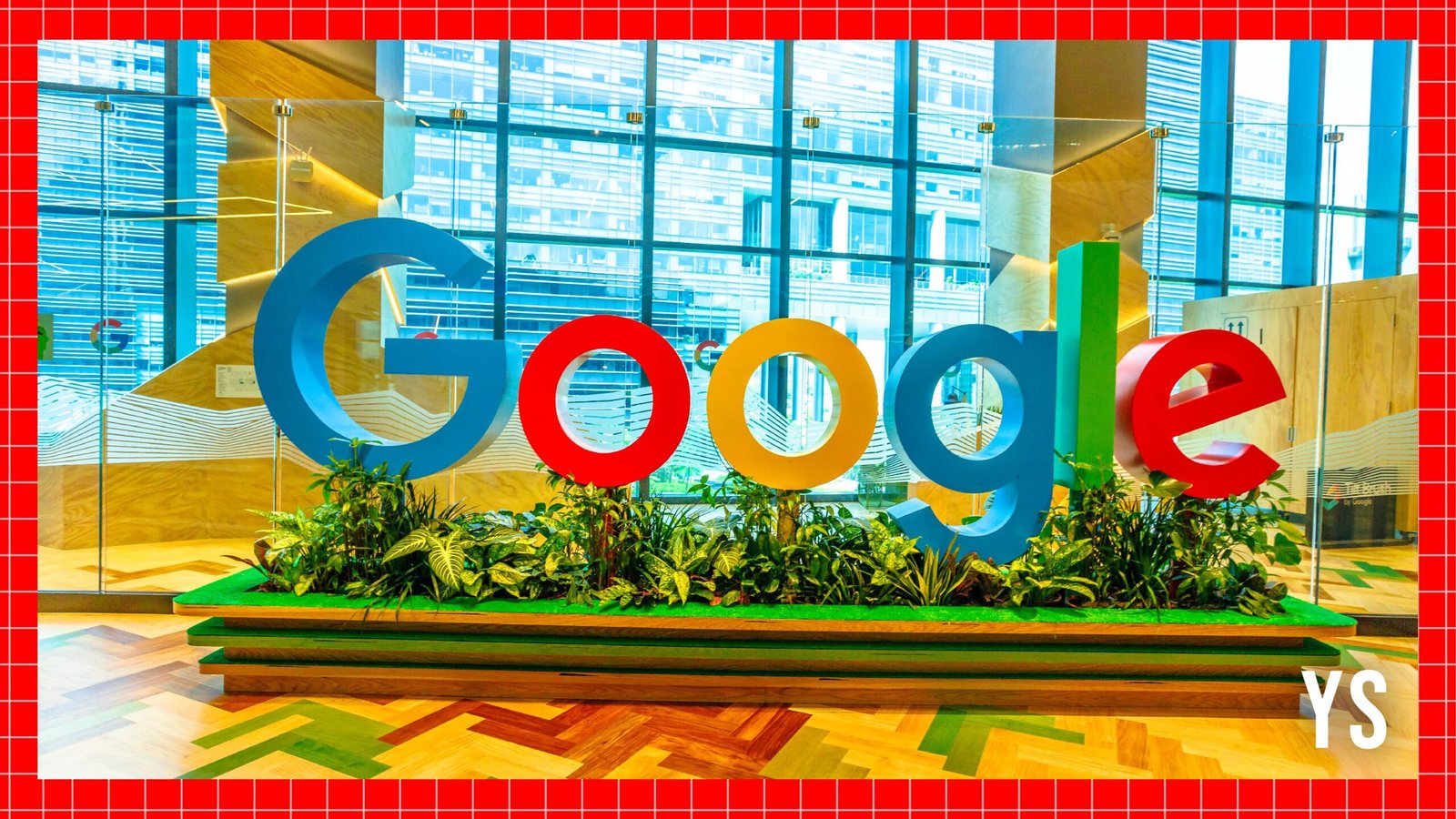[ad_1]
parent reported a surge in the top and bottom line in its second quarter financial results of 2024, fuelled by strong growth in its search and cloud businesses.
The California-based company’s net profit in Q2 rose 28.6% to $23.6 billion (or $1.89 per share) from $18.4 billion ($1.44 per share) in the year-ago period. Its revenue in the quarter surged by 13.6% to $84.7 billion from $74.6 billion in the same period last year.
Speaking about the company’s results during the first quarter earnings call, Sundar Pichai, Chief Executive Officer of Alphabet and Google, said, “They showed tremendous ongoing momentum in Search and great progress in Cloud with our AI initiatives driving new growth. Search had another excellent quarter.”
The majority of Alphabet’s revenue is derived from Google advertising. Its ads revenue, including Google Search, YouTube ads, and Google Network, was up 11.18% to $64.6 billion in the second quarter compared to $58.1 billion in the same period last year.
The company said that revenue from its largest business, Google’s search, rose 13.8% to $48.5 billion in Q2 led by growth in the retail vertical, followed by financial services. Meanwhile, YouTube’s ad sales in Q2 increased by 13% to $8.7 billion “driven by brand followed by direct response advertising”.
Beyond advertising, Google Cloud Platform—its cloud computing unit—which competes with Microsoft Azure and Amazon Web Services, continues to play a significant role in the company’s business.
Fuelled by the strong adoption of generative artificial intelligence, Google’s cloud business achieved a milestone, surpassing $10 billion in quarterly revenues for the first time and exceeding $1 billion in quarterly operating profit.
The unit’s revenue jumped 28.8% to $10.3 billion in Q2 compared to $8 billion in the previous year. Operating income in Google’s cloud division surged to $1.2 billion, growing nearly three-fold compared to the earlier year.
Talking about the cloud revenue during the earnings call, Ruth Porat, Chief Financial Officer of Alphabet and Google, noted, “…reflecting first significant growth in GCP, which was above growth for cloud overall and includes an increasing contribution from AI.”
Like other Big Tech companies, AI has been a major focus area for the Sundar Pichai-led firm. Google introduced its largest and most capable AI model—Gemini—in December, and a few months later, it rolled out Gemini 1.5 Pro.

Pichai highlighted that Gemini now comes in four sizes, each tailored for specific use cases, and operates efficiently across platforms from data centres to devices.
“Gemini is making Google’s own products better. All six of our products with more than 2 billion monthly users now use Gemini. This means that Google is the company that’s truly bringing AI to everyone,” he remarked.
Porat said, “We’re particularly encouraged that the majority of our top 100 customers are already using our generative AI solutions. We continue to invest aggressively in the business.”
The company’s reported CapEx in the second quarter was $13 billion, once again driven overwhelmingly by investment in its technical infrastructure with the largest component for servers followed by data centres, she shared.
“Looking ahead, we continue to expect quarterly CapEx throughout the year to be roughly at or above the Q1 CapEx of $12 billion,” Porat added.
During the period, Other Bets, encompassing the Waymo self-driving car business, recorded a 28% increase in revenue, reaching $365 million. However, the division still incurred a loss of $1.1 billion.
“I’m really pleased with the progress Waymo’s making,” Pichai said, adding, “Waymo’s served more than 2 million trips to-date and driven more than 20 million fully autonomous miles on public roads. Waymo’s now delivering well over 50, 000 weekly paid public rides, primarily in San Francisco and Phoenix.”
Porat pointed out that the company’s “strong quarter” also involved its “ongoing efforts to durably reengineer our cost base”.
As of June 30, 2024, Alphabet’s employee count was 179,582 down from 181,798 in the same period last year.
The headcount declined quarter-on-quarter, which reflects both actions taken in the first half of the year and a much slower pace of hiring, according to Porat.
“We expect a slight increase in headcount in the third quarter, as we bring on new graduates. As we have discussed previously, we’re continuing to invest in top engineering and technical talent, particularly in cloud and technical infrastructure,” Porat added, in her 56th and last earnings call, with 37 of them at Alphabet.
Porat, who assumed the role of CFO in May 2015, is the company’s longest-serving CFO. In her new role as President and Chief Investment Officer of Alphabet and Google, Porat will continue to report to Pichai.
“I’m excited to continue to work with her (Porat) in her new role. And I look forward to welcoming our newly appointed CFO, Anat Ashkenazi. She starts next week, and you’ll hear from her on our call next quarter,” remarked Pichai.
The company’s Made by Google event in August will feature announcements about Android and the Pixel portfolio of devices.
[ad_2]
Source link





